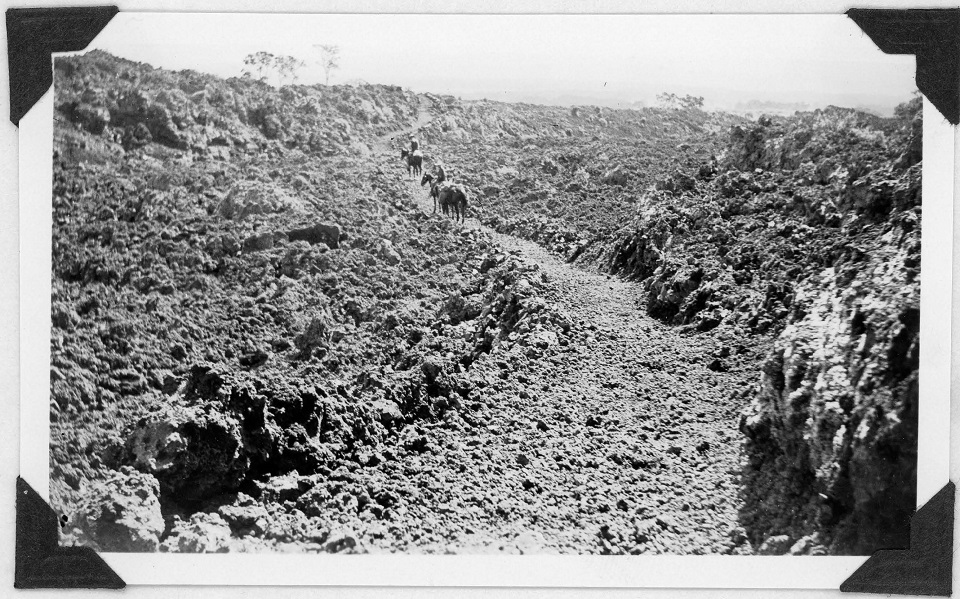News Release
You are viewing ARCHIVED content published online before January 20, 2025.
Please note that this content is NOT UPDATED, and links may not work. For current information,
visit https://www.nps.gov/aboutus/news/index.htm.

NPS Photo
|
Subscribe
|
Contact: Jessica Ferracane, 808-985-6018
HAWAII NATIONAL PARK, Hawaiʻi – Most visitors to Hawaiʻi Volcanoes National Park never set foot on Mauna Loa Trail. Even fewer people know the remarkable story of the Black soldiers who in 1915 built a trail between the summit of Kīlauea and the nearly 14,000-foot summit of Mauna Loa volcano.A new video from Hawaiʻi Volcanoes National Park,“Forging a Path with a 12-Pound Hammer,” celebrates Black History Month and the story of the African-American soldiers who built the remote 30-mile trail. The 10-minute film is available free to everyone on the park website.
Why would these enlisted men, who faced segregation even in racially diverse Hawaiʻi, undergo such a grueling task? Dr. Thomas A. Jaggar, founder of the Hawaiian Volcano Observatory, needed a route so geologists could reach and study the distant summit of Mauna Loa. At Jaggar’s request, soldiers from Company E of the 25th Infantry Regiment stationed at Schofield Barracks on Oʻahu, were assigned to construct Mauna Loa Trail.
Using only a 12-pound hammer and gunny sacks to move rock, these tough men toiled on the harsh, rain-soaked slopes of Mauna Loa. Thirty-nine days later, the Buffalo Soldiers finished the job.
Between 1915 and 1917, six companies of the 25th Infantry came to what is now Hawaiʻi Volcanoes National Park. In addition to building Mauna Loa Trail, the Buffalo Soldiers helped measure lava within Halemaʻumaʻu crater and were among the first to recreate at the newly established Kilauea Military Camp.
For more information about the Buffalo Soldiers in Hawaiʻi, watch the video and visit the park website: https://www.nps.gov/havo/learn/historyculture/buffalo-soldiers.htm.
Black history is American history. During February, and throughout the year, National Park Service sites, programs, and digital platforms provide resources to connect with, and reflect on, African American history and heritage.
###
About the National Park Service. More than 20,000 National Park Service employees care for America's 428 national parks and work with communities across the nation to help preserve local history and create close-to-home recreational opportunities. Learn more at www.nps.gov and on Facebook, Instagram, Twitter, and YouTube.
Last updated: February 7, 2024
